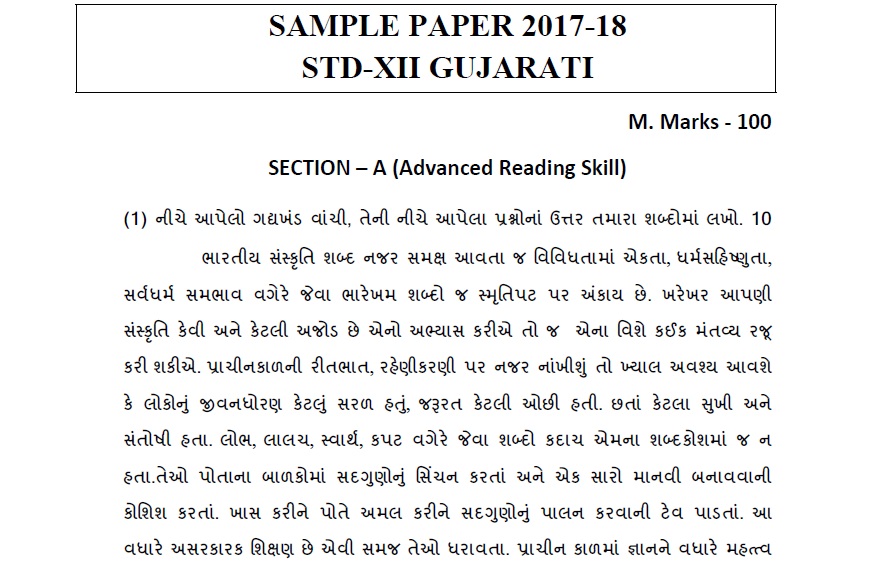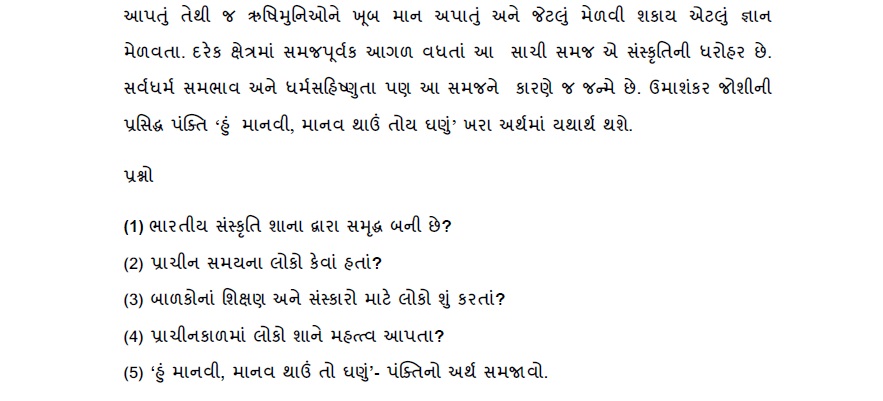
(Download) CBSE Class-10 2016-17 Sample Paper And Marking Scheme (Social Science)
Time Allowed: 3 Hours
Maximum Marks: 90
General Instructions:
1. There are 29 questions in all. All questions are compulsory.
2. Marks for each question are indicated against the question.
3. Questions from serial number 1 to 8 are very short answer questions of 1 mark each.
4. Questions from serial number 9 to 20 are 3 marks questions. Answers of these questions should not exceed 80 words each.
5. Questions from serial number 21 to 28 are 5 marks questions. Answers of these questions should not exceed 120 words each.
6. Question number 29 (a) is a map question of 3 marks from History and the Question number 29 (b) is a map question of 3 marks from Geography.
7. Attach the filled up maps inside your answer-book.
1. Why did French colonizers consider education as important way to civilize the Vietnamese?
Or
Why did French artist ,Frederic Sorrieu prepare a series of print based on democratic and socialist republics in 1848?
2. Name the mineral which is used to harden steel during manufacturing. 1
3. By what means does hand spun khadi provide large scale employment to weavers? 1
4. Handling of exports and imports on a large scale is done conveniently from the Kandla port. Why?
5. What do you mean by the term 'collateral'? 1
6. Which is the most common route for investment by MNCs in countries around the world? 1
7. Reema bought a pack of brown bread, later she realized that it was expired. Which right does she have to counter this problem?
8. Which act of Indian democracy empowers the people and work as watchdog? 1
9. 'Ideas of national unity in the early nineteenth century Europe were closely allied to the ideology of liberalism'. Support the statement with arguments.
OR
Analyze the role of students in the anti-imperial struggle in Vietnam during 19th century
10. How did the salt Satyagraha become an effective tool of resistance against British colonialism in India during 1930? Explain.
11. 'Natural gas is an important source of clean energy'. Support the statement with examples. 3
12. "Jute industry is concentrated in the Hugli basin'. Validate the statement with three suitable reasons.
13. Discuss the hazards of mining on the life of miners and on the environment. 3
14. "Airways is the most preferred mode of transport in North-Eastern states of India." Give three reasons to prove this preference.
15. Early Vietnamese nationalists had a close relationship with Japan and China in the first decades of the twentieth century.' Support the statement with three examples.
OR
'The idealistic liberal- democratic sentiment of nationalism became a narrow creed with limited ends.' Support the statement in the context of Balkan nationalism in the early 19th century.
16. "Modern democracies cannot exist without political parties". Evaluate the statement with the help of three relevant arguments.
17. The quality of democracy depends upon the degree of public participation. Suggest any three values essential for a citizen for effective participation.
18. Analyze the impact of globalization on world economy.
19. 'Self-help Groups support has brought about a revolutionary change in the rural sector.' Explain with suitable examples.
20. Why do we need to expand formal sources of credit in India? Give three reasons. 3
21. Explain the nation building process of Germany.
OR
Explain the role of women in the nationalist struggle of Vietnam.
22. How did history and fiction, folklore and songs, popular prints and symbols, all played important part in the making of Indian nationalism in the nineteenth century? Explain.
23. "The roadways have preceded railways and still have an edge over railways in view of various conveniences they provide." Explain the statement.
24. Give a comparative analysis of Sectional Interest Groups and Public Interest Groups. 5
25. What is a Political Party? Suggest three reforms to strengthen today's political parties so that they perform their functions well.
26. How does democracy produce an accountable, responsive and legitimate government? Discuss by giving five reasons.
27. Why are trade barriers imposed on the foreign trade and investment in a country? Explain with the help of two illustrations.
28. Explain any five rights of consumers that protect them from exploitation in the market place.
29. a On the given political map of India, locate and label the following –
i. Place where violence erupted during Non- Cooperation Movement leading to its withdrawal.
ii. Place from where Mahatma Gandhi started the Dandi March in 1930.
iii. Place where Indian National congress held its session in December 1929.
29. b I. On the given political outline map of India locate and label the following items with appropriate symbols.
i. Kochi Sea Port
ii. Noida Software Technology Park
II. Identify the features marked as A and B on the same given political map of India:
A. Cotton Textile Industry
B. Coal Mine





